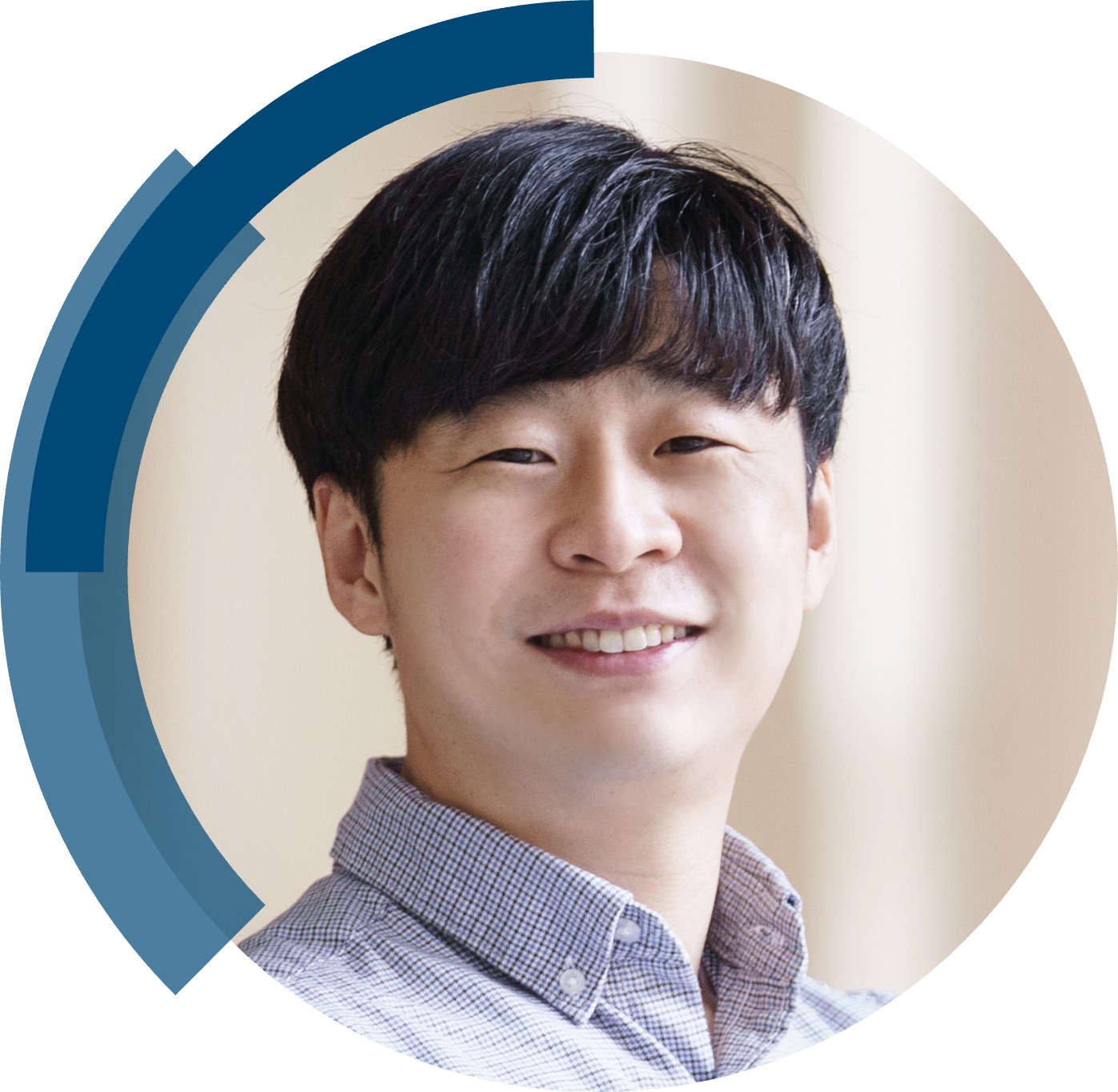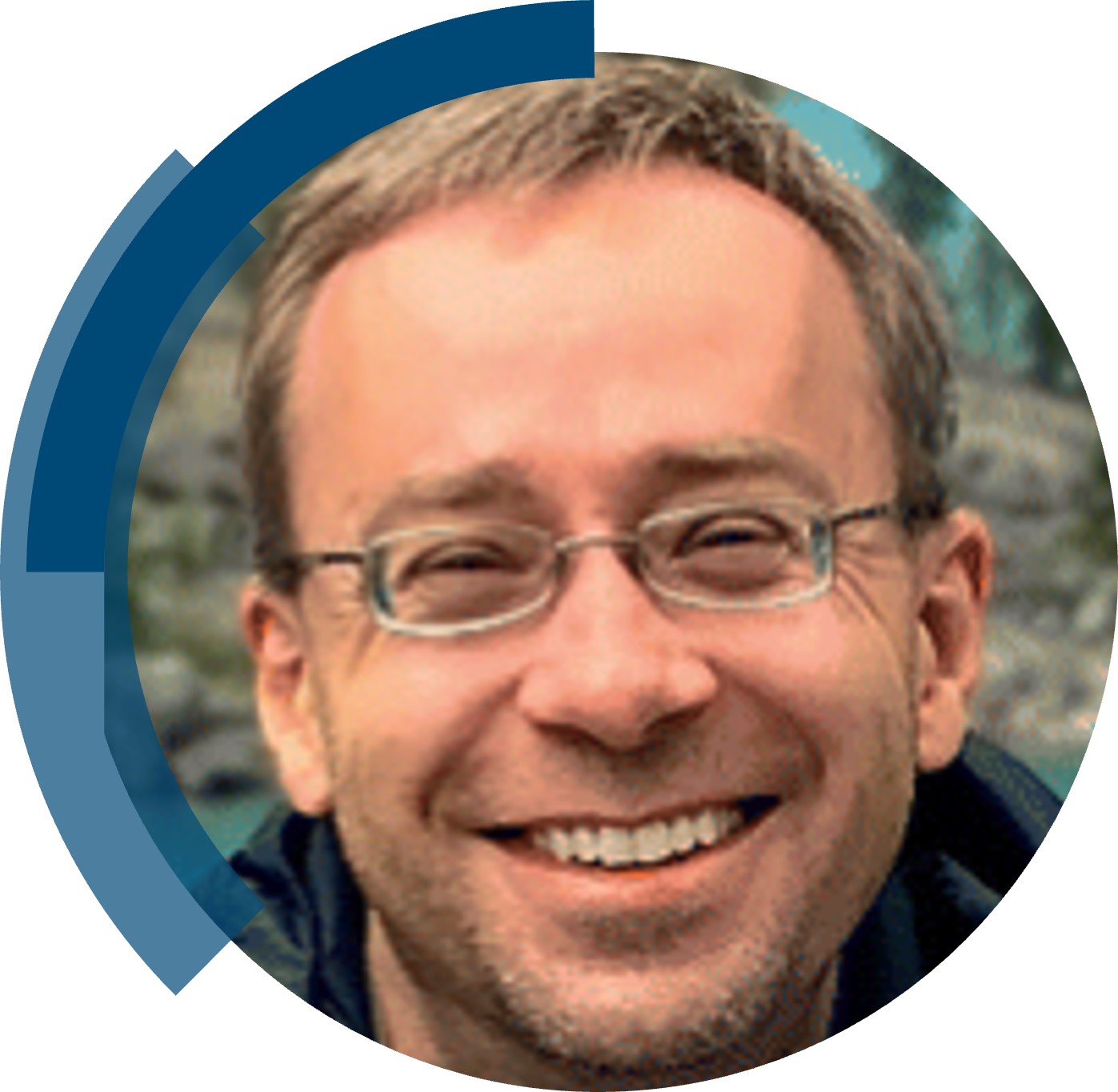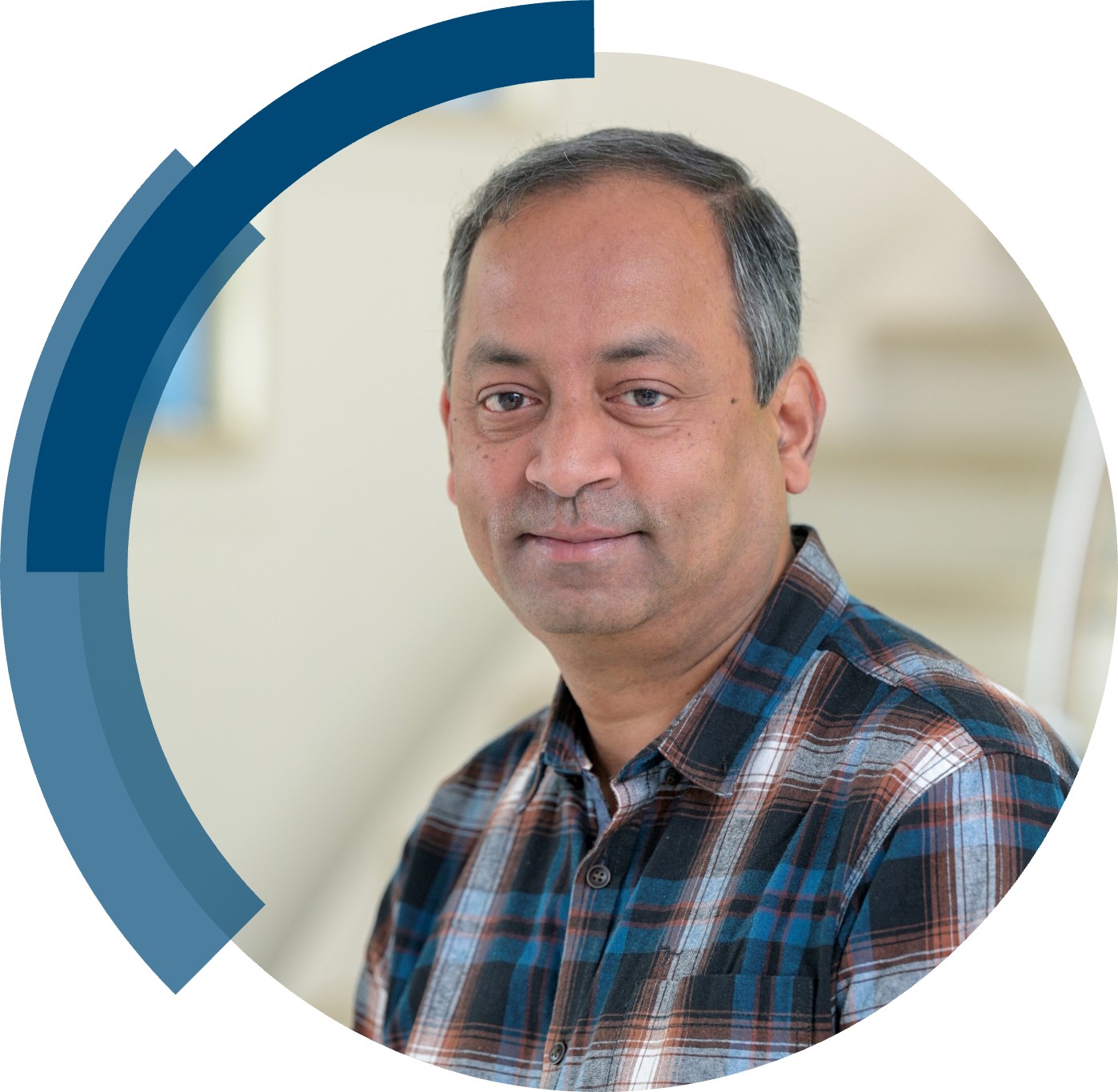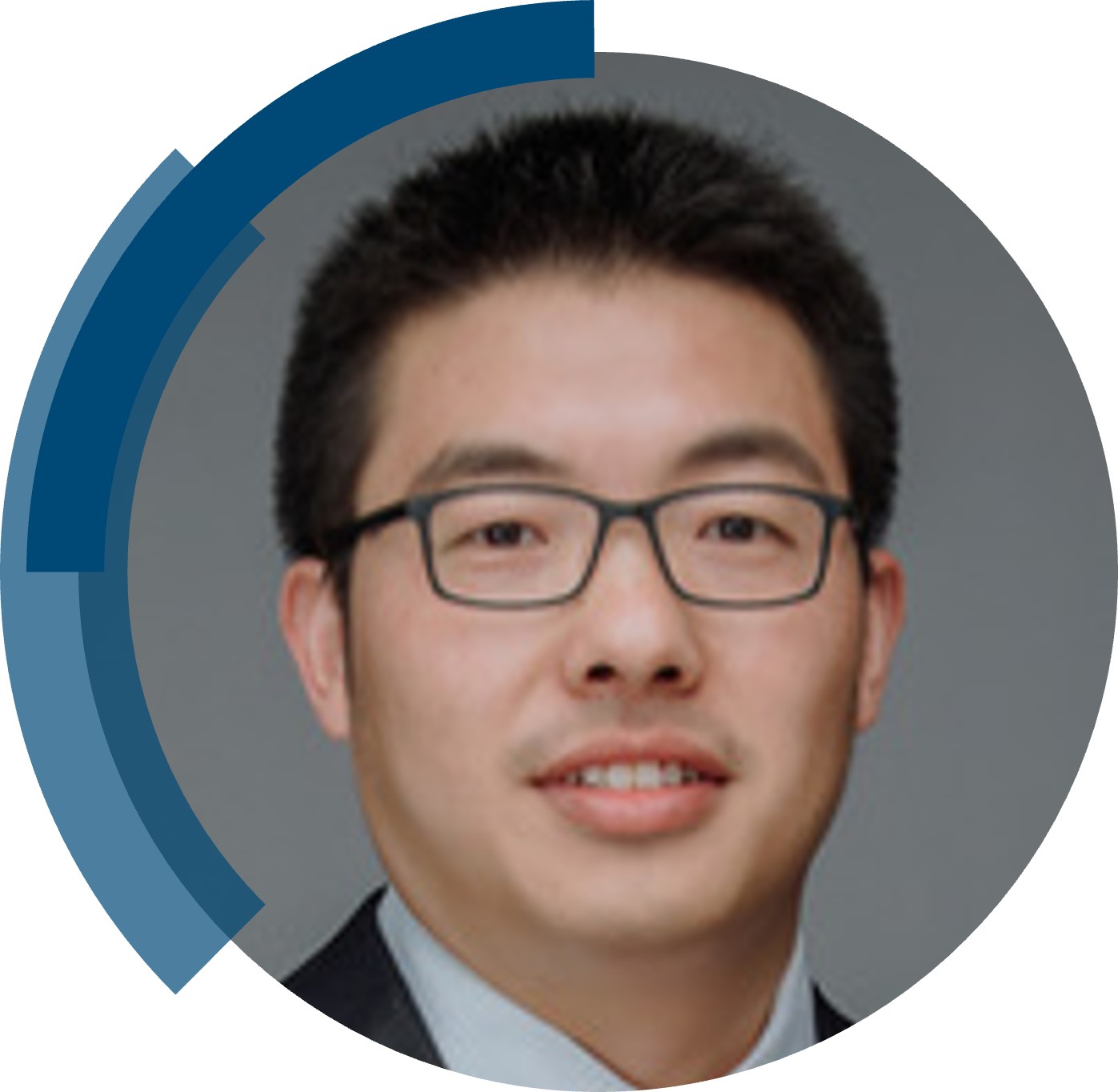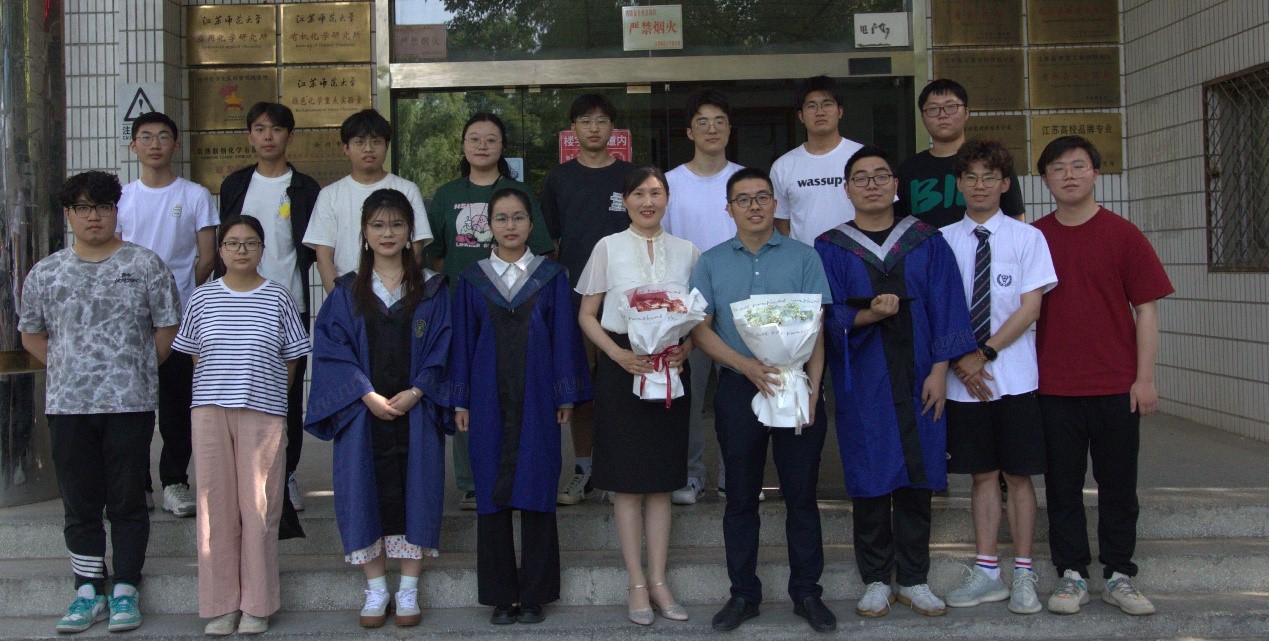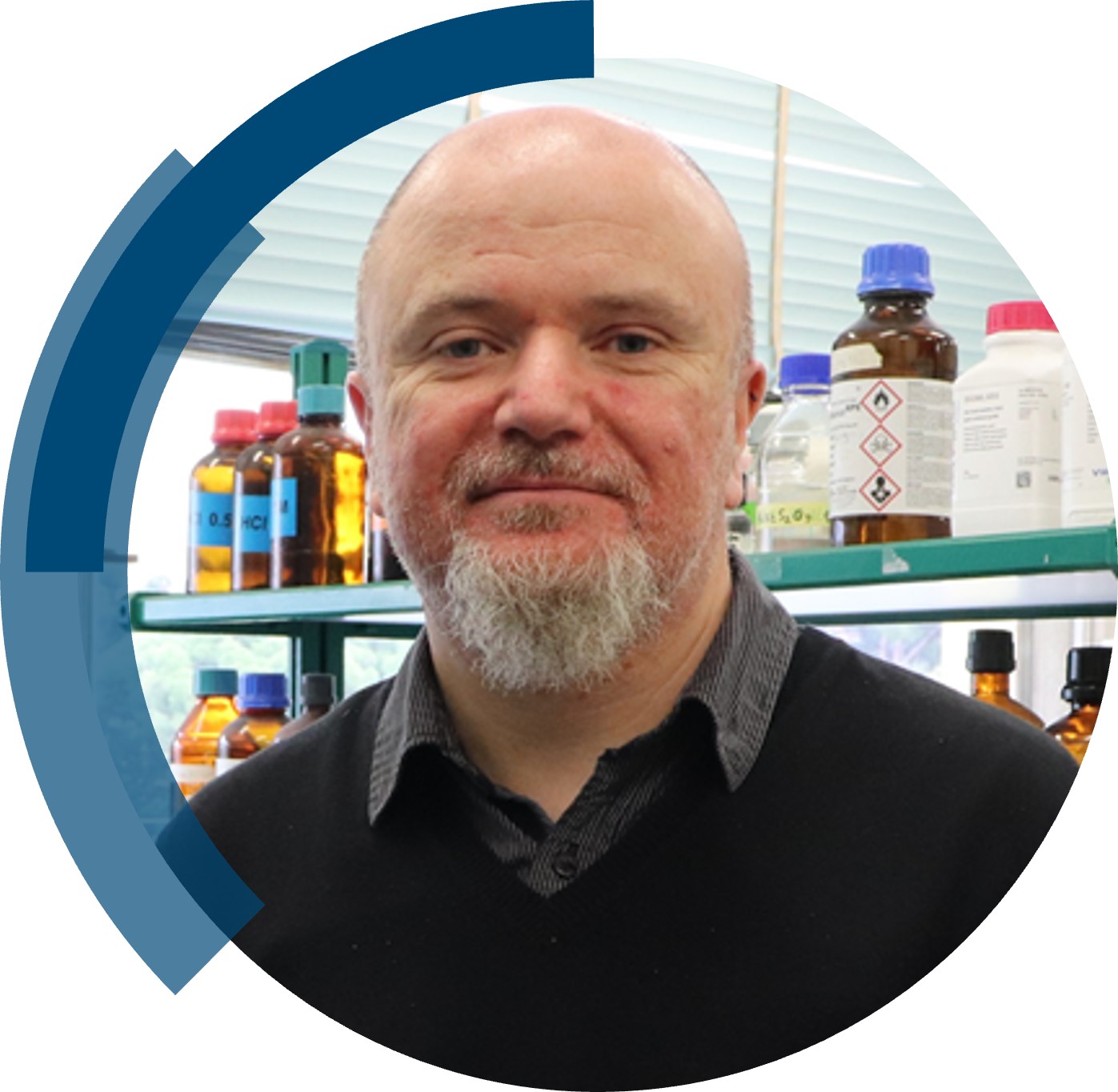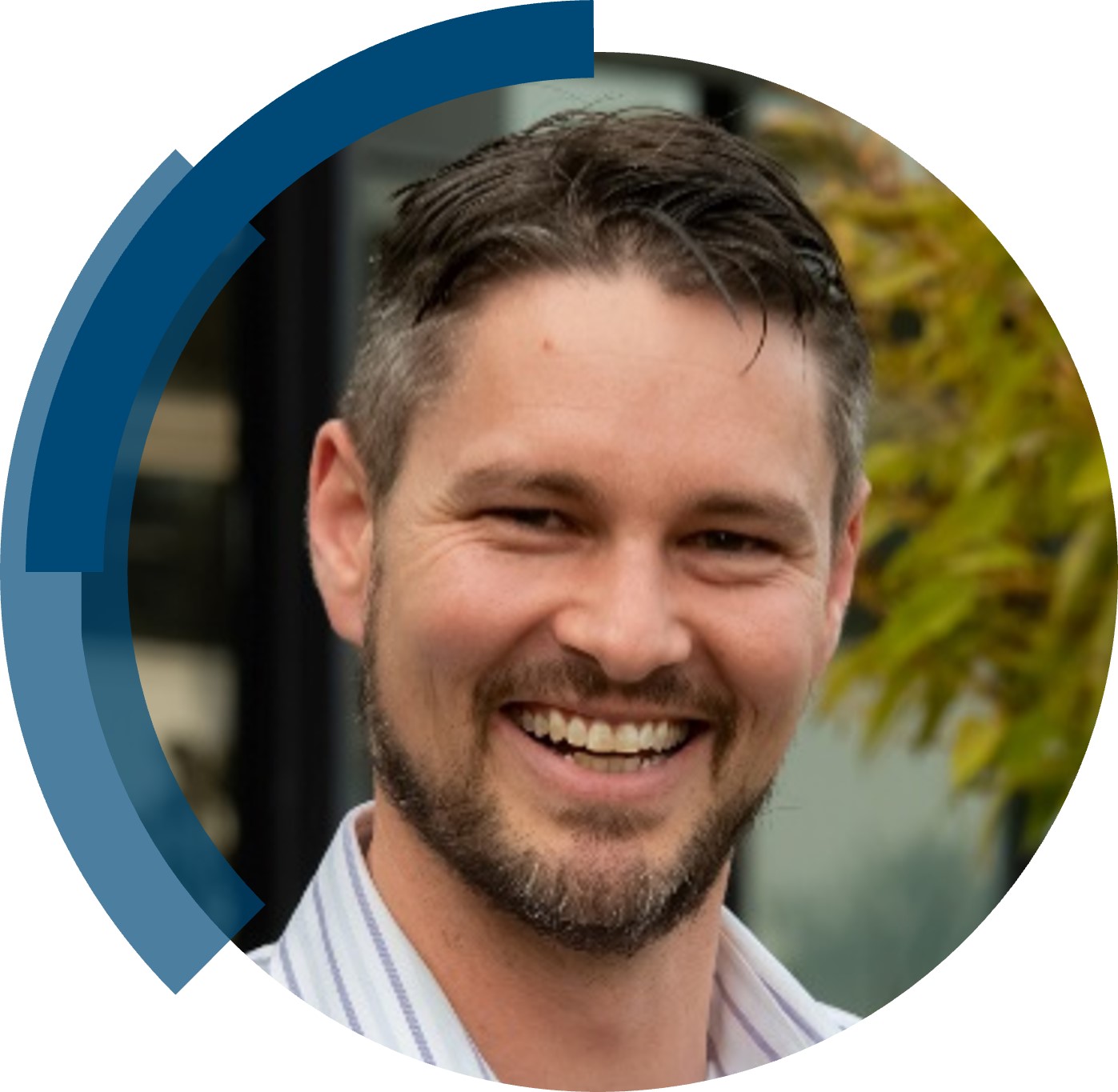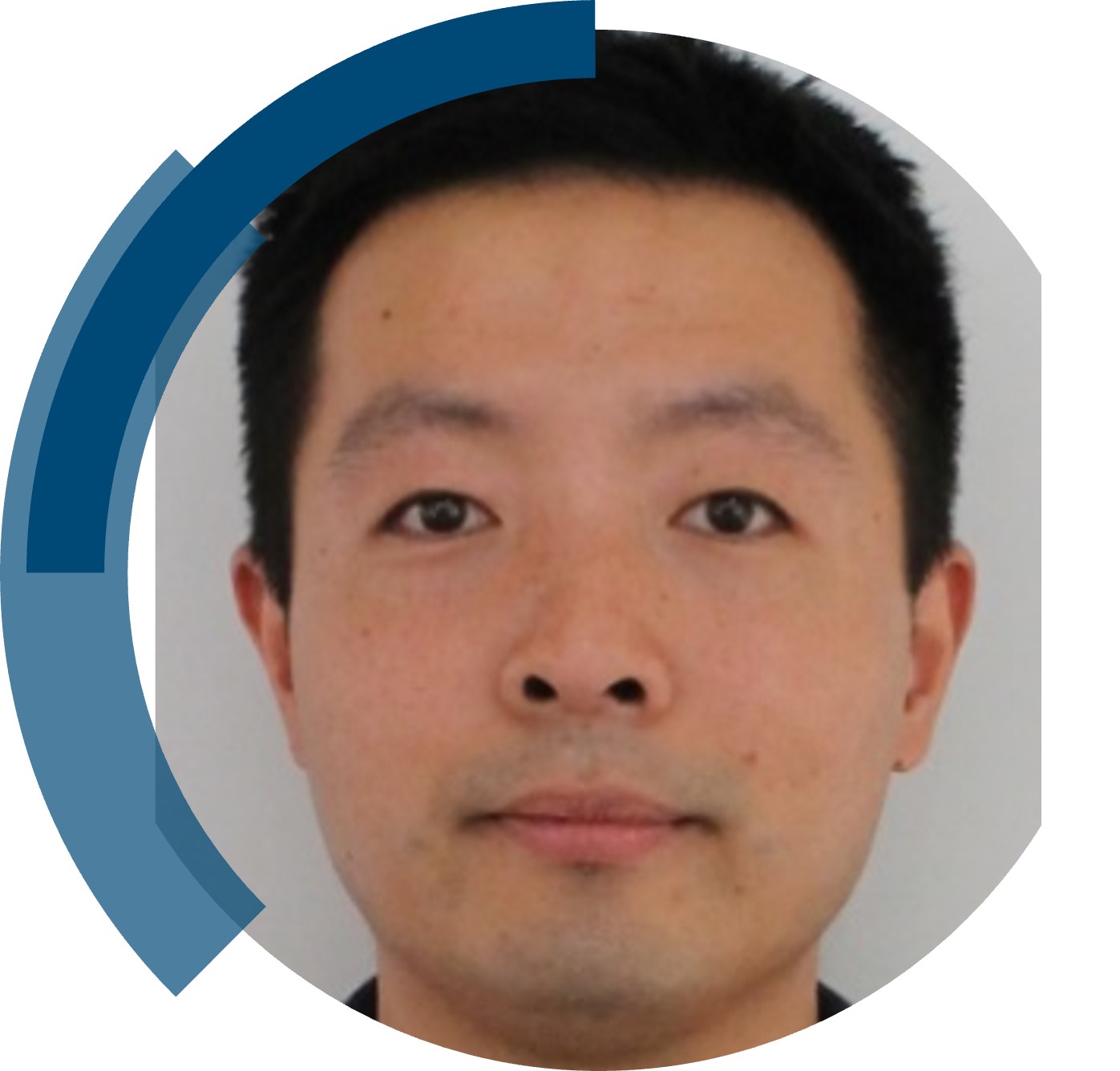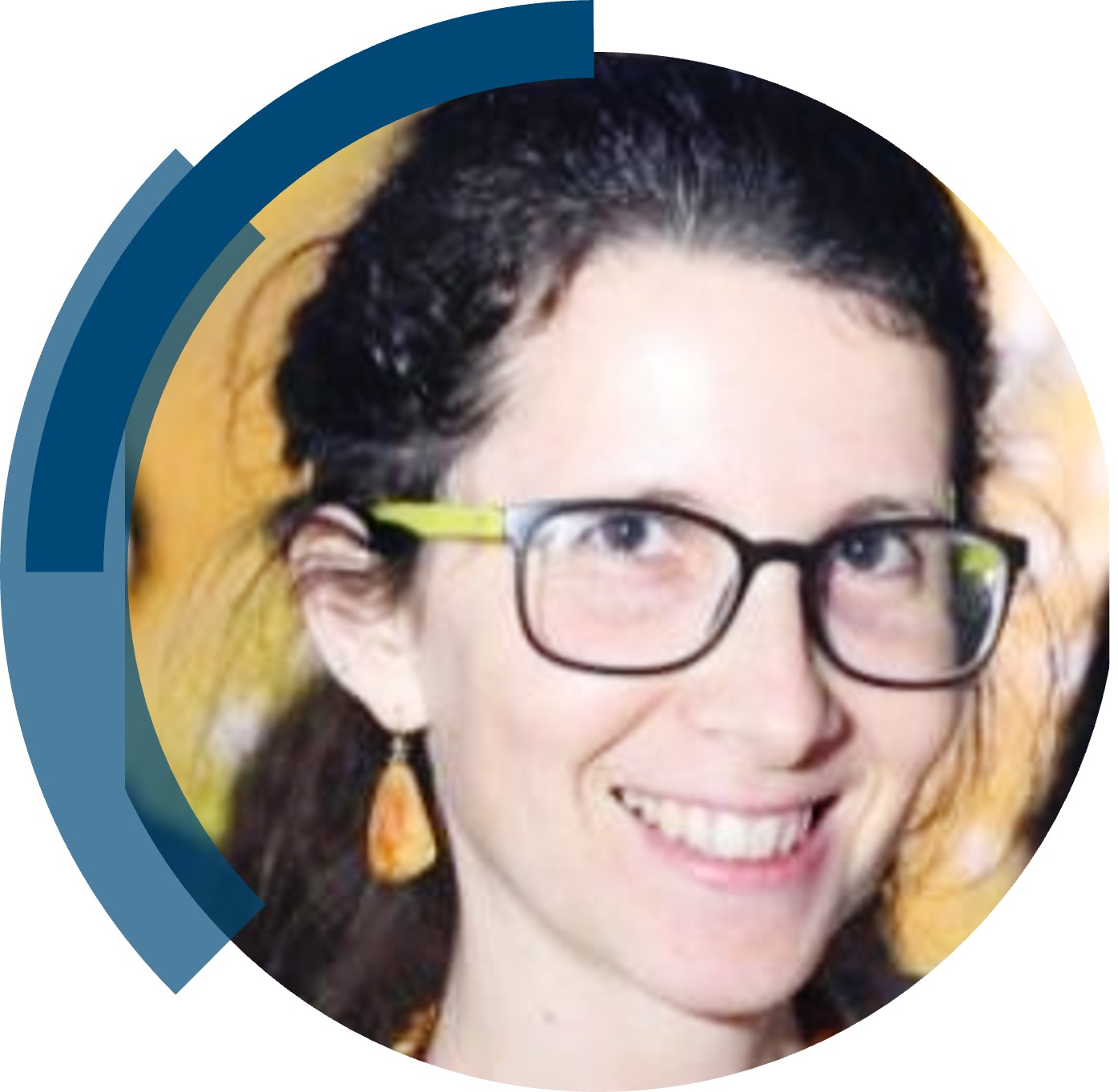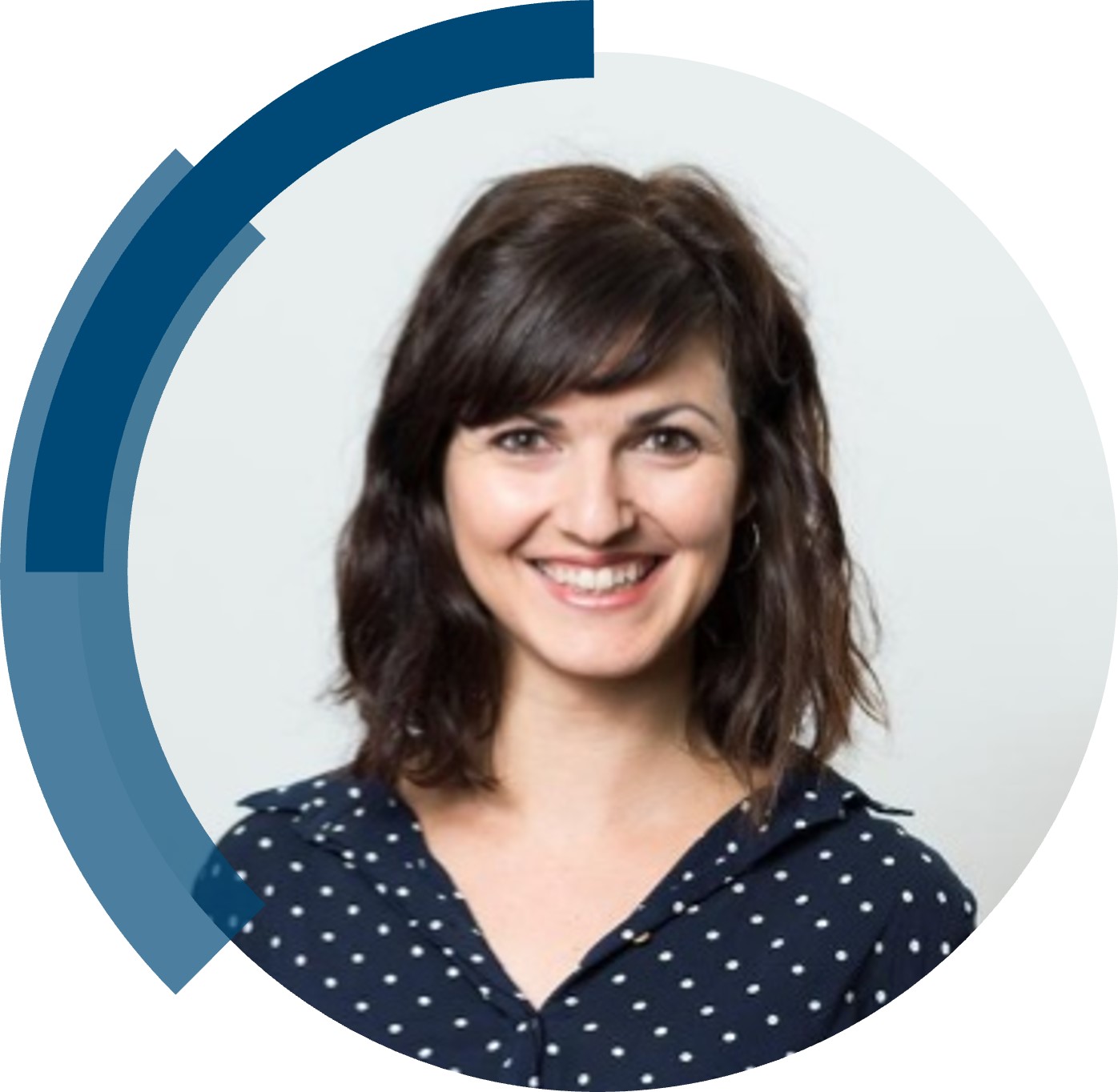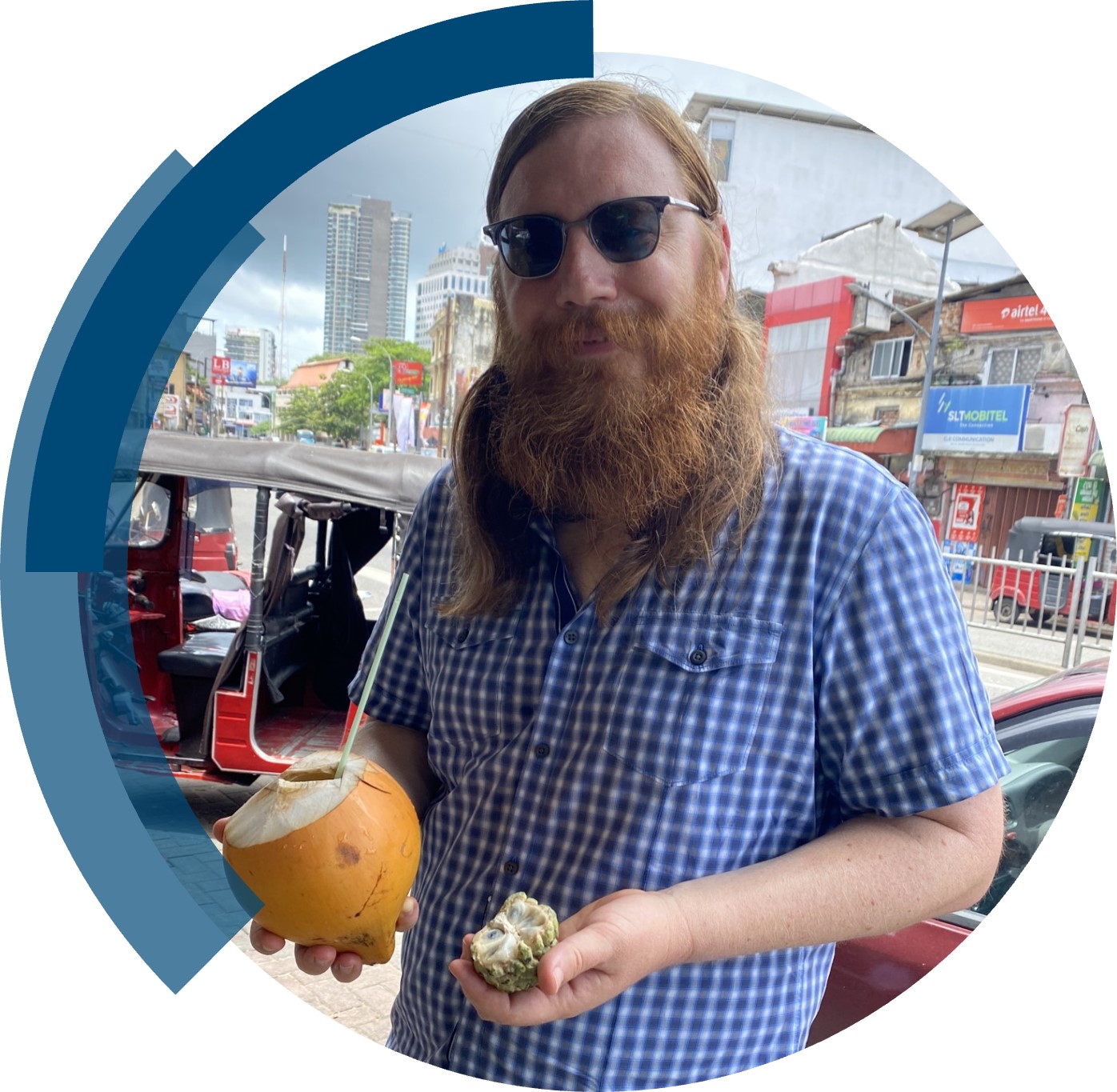ChemComm is publishing its 60th volume in 2024. Over the past 60 years, ChemComm has been the RSC’s most cited journal, and one of the most trusted venues for rapid publication of short communications. In our anniversary year, we recognise the important contributions ChemComm has made, and continues to make, in advancing the chemical sciences.
As part of our anniversary celebrations, we’ve brought together a collection featuring the latest research from some of our most loyal and dedicated authors. From those marking the beginning of their independent academic career by publishing their first article with us, to the rising stars and established leaders publishing in our yearly ‘Emerging Investigators’ and ‘Pioneering Investigators’ collections, this collection champions the contributions of our worldwide author community. We are proud many authors choose to support our journal by regularly publishing their best work with us. This collection also features papers from our ChemComm Emerging Investigator Lectureship winners, and our Outstanding Reviewer awardees, whose invaluable feedback has shaped our published content through the years.
To accompany the collection, we’ll be publishing interviews with contributing authors where they provide further insight into their research and reflect on their journey with ChemComm.
Check out our interview with Dr Sasidhar B. S. (CSIR-NIIST, India) below!
How have you seen ChemComm evolve over the years, and what aspects do you find most noteworthy?
ChemComm continues to evolve, showcasing publications that explore intriguing concepts, present new findings and highlight novel research outputs.
What is your favourite thing about ChemComm?
ChemComm is one of my favourite journals due to its quick, high-quality review process, strong reputation within the chemical community, real-time manuscript tracking, and prompt final decisions.
In what ways do you think ChemComm stands out among other journals in your field?
The standard of ChemComm is reflected in the high-quality, interdisciplinary research it publishes each year. As a prestigious primary chemistry journal, it is supported by a world-class editorial team, ensuring a fair and quick review process—an important advantage in attracting submissions.
How would you describe the peer review process and interaction with the editorial team at ChemComm?
The peer review process is notably transparent, emphasizing and refining the quality of the manuscript throughout. The editors handle the manuscripts with fairness and professionalism, while the reviewers consistently provide insightful suggestions that enhance the overall quality of our work. Overall, interactions with the editorial team are very pleasant.
Are there ways in which the journal can further support and engage with future generations of scientists?
By continuing to support early-career researchers through special issues in interdisciplinary fields and featuring short interviews and brief videos about their recent advancements, the journal serves as an outstanding platform for showcasing their world-class research skills
Could you provide a brief summary of your recent ChemComm publication?
In recent years, visible-light-initiated organic reactions have gained much attention and have often provided better alternatives compared to conventional counterpart protocols. Inspired by these observations, we successfully demonstrated the visible light-promoted O-alkenylation of phenols and naphthols with terminal alkynes by utilising 2,4,6-tris(4-fluorophenyl)-pyrylium tetrafluoroborate (T(p-F)PPT) as a photocatalyst without the need of any external ligand or additive. Apart from its excellent functional group tolerance, the protocol represents an appealing alternative strategy to the classical transition-metal catalysed reactions. In addition, this strategy proceeds under mild and metal-free conditions upon irradiation with simple household LEDs.
In your opinion, what are the next steps or potential areas of research that could build upon the findings in this paper?
We are thrilled about our photocatalyst design and synthesis, which allows us to create a diverse library of pyrylium-based photocatalysts through our patented one-pot process. In our current project, we focus on replacing conventional metal catalysts with pyrylium-based photocatalysis systems for coupling and cycloaddition reactions under mild conditions, enhancing reaction efficiency. Additionally, the demonstrated O-alkenylation strategy will be applied to more complex, medicinally significant reactions and late-stage diversification processes. Several promising results are forthcoming and will be shared in due course.
Be sure to read Sasidhar’s article, “A selective photoinduced radical O-alkenylation of phenols and naphthols with terminal alkynes” to learn more!













